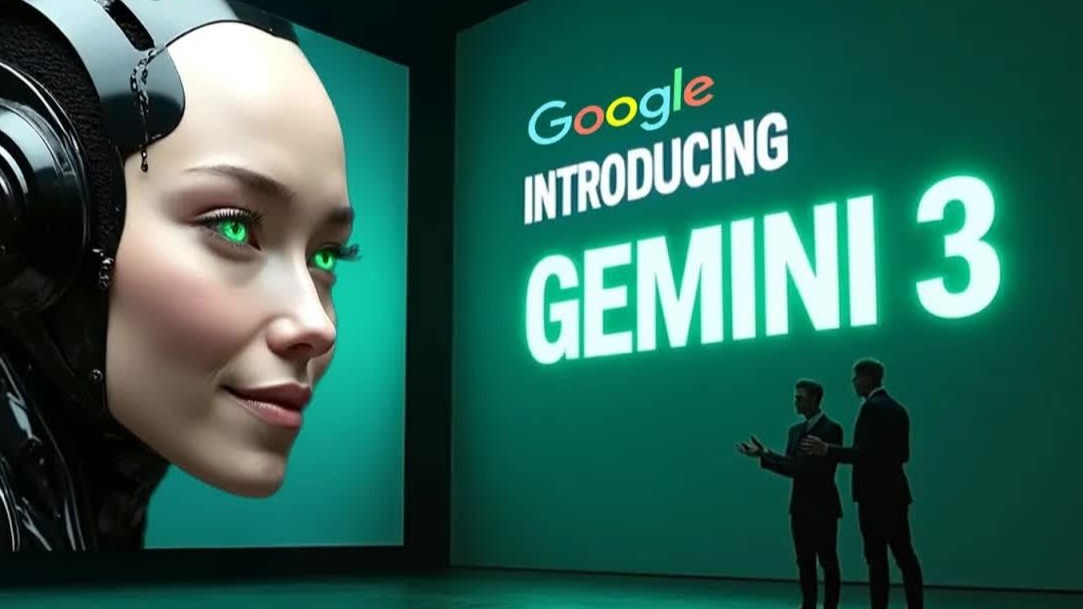
On November 5th, technology media outlet ufukozen discovered the model label "gemini-3-pro-preview-11-2025" on Google's Vertex AI platform, officially unveiling the release details of Google's next-generation flagship AI model. It has been revealed that this model, regarded by the industry as "GPT-5's strongest competitor," will be made available for preview to enterprise customers in November 2025 and fully launched to the public in December. Its technological breakthroughs, such as the 1 million-token context window, are heralding a new era of multimodal AI.
The most revolutionary upgrade of Gemini 3 Pro lies in its 1 million-token context window, which is capable of processing the content of a 300-page book in one go—nearly 10 times more than that of current mainstream models. For enterprises, this means they can directly upload entire legal contracts, scientific research papers, or code repositories for in-depth analysis, eliminating the logical breaks caused by document splitting. For instance, lawyers can use the model to compare thousand-page evidence chains at once, while programmers can debug million-line-level code in real time, significantly improving efficiency. The evolution of its multimodal capabilities is also noteworthy. Continuing the series' "end-to-end multimodal" DNA, the model enhances image and video analysis as well as cross-modal reasoning capabilities, enabling more accurate correlation of different types of data such as text, audio, and video. Combined with Google's CLIP++ technology, its cross-modal alignment error rate is expected to be lower than the previous generation's 8%, further narrowing the gap with human cognition.
Addressing the security concerns that are top priorities for enterprise customers, Gemini 3 Pro continues Google Vertex AI's "trust-first" strategy. Its multi-layered protection system includes customizable content filters that can accurately block harmful information; the Data Loss Prevention (DLP) function prevents the leakage of business secrets through blocklists, and conversation data is decoupled from user identities, with manual reviews retained for only 72 hours. This design gives it a natural advantage in compliance-sensitive fields such as finance and healthcare. Ecosystem integration has always been Google's traditional strength. The model will be deeply integrated with Search, the Android system, and Workspace office suite. Enterprise users can call the model in real time to generate data analysis reports during document processing, and developers can quickly build customized applications through the AI Studio platform. The A/B testing launched in early October has already collected a wealth of real feedback, laying a solid foundation for the ecosystem implementation after the official release.
The arrival of Gemini 3 Pro will completely reshape the current competitive landscape of large models. Compared with competitors, its 1 million-token context window far surpasses GPT-5's 128K and Claude-4's 200K, giving it an absolute advantage in long-text processing. Moreover, with a response latency of less than 200 milliseconds, it maintains the Gemini series' traditional edge in real-time interaction scenarios, outperforming GPT-5, which requires switching inference modes. In terms of cost, although the specific pricing has not been announced, referring to the API cost of the previous generation Gemini 2.5 Pro (1.25permilliontokensforinput),itspricingisexpectedtobeonparwithGPT−5andlowerthanClaude−4s3.0 per million tokens for input, showing a clear cost-performance advantage. However, the error rate in Chinese context understanding may still be a weakness, and the previous generation's 18% error rate needs to be prioritized for optimization.
Industry analysts believe that the release of Gemini 3 Pro marks a crucial step in the transformation of AI from an auxiliary tool to an "intelligent agent." The combination of its ultra-long context window and real-time interaction capabilities enables it to independently complete end-to-end tasks such as market research, code development, and customer service. For example, in the field of scientific research, the model can independently read literature, design experimental plans, and analyze data, shortening the research cycle by more than 40%. For ordinary users, the public version launch in December will bring a more natural interaction experience: mobile phone photo albums can automatically generate video collections with narrative logic, and voice assistants can remember the core needs of cross-day conversations. Additionally, Google's exploration in edge device deployment may allow high-end mobile phones and tablets to become mobile terminals for running large models.
From the code traces on the Vertex AI platform to the upcoming official release, every technological detail of Gemini 3 Pro demonstrates Google's ambition in the AI field. This technological feast kicking off in November will not only reshape the industry's competitive pattern but also potentially provide a new engine for the intelligent transformation of various industries.

The global electric vehicle market in 2025 is experiencing intense turbulence. Tesla, once a disruptor that reshaped the industry landscape, is now mired in an unprecedented sales crisis.
The global electric vehicle market in 2025 is experiencing …
Recently, Chinese telecom companies Huawei and ZTE signed a…
Recently, according to Xinhua News Agency, Israel's air str…
A strongly worded report from the Equality Trust argues tha…
On November 27, 2025, Alibaba officially entered the global…
The focus of the global financial market in 2025 has always…